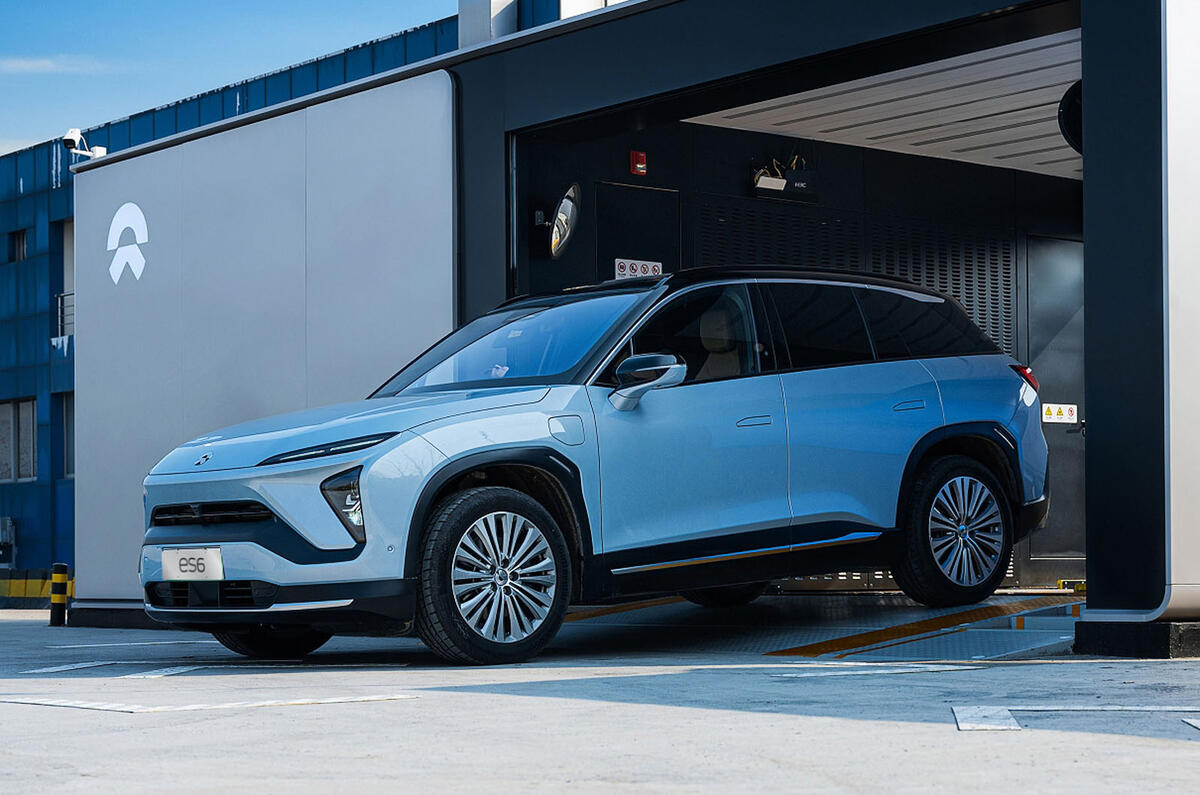Swapping a depleted car battery for a freshly charged one, in a process that takes minutes, is one avenue being explored to ramp up the amount of electric cars on Britain’s roads ahead of the government’s ban on the sale of ICE cars by 2030.
The Battery-as-a-Service (BaaS) model is touted as a potential solution for range anxiety that could give those without a home charging point a means to quickly gain range (up to four minutes to change at a swapping station), and would put less pressure on the charging network – which it could complement rather than replace – with depleted batteries being charged back up at off-peak times, energy research group Cornwall Insight (CI) has told Autocar Business.




Add your comment